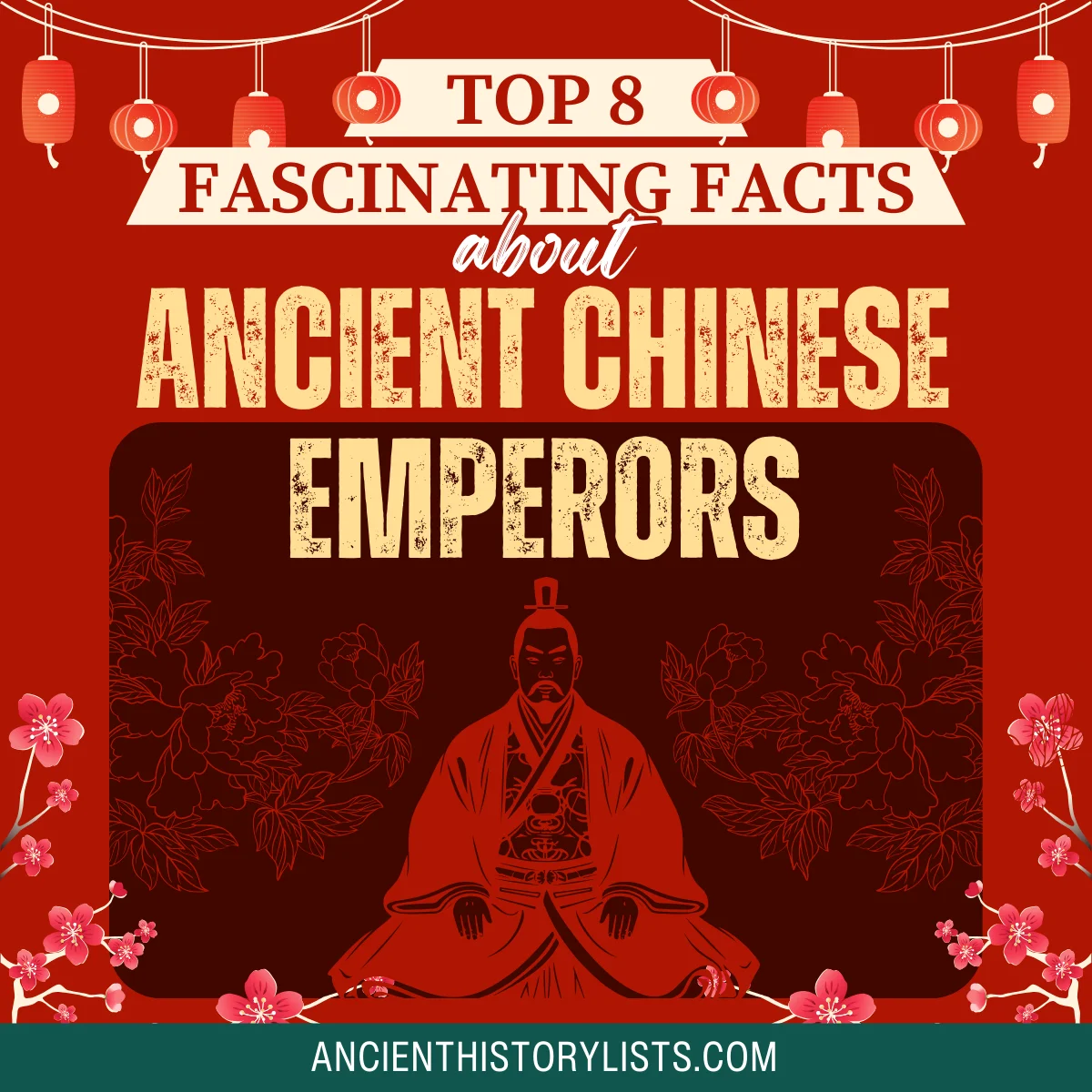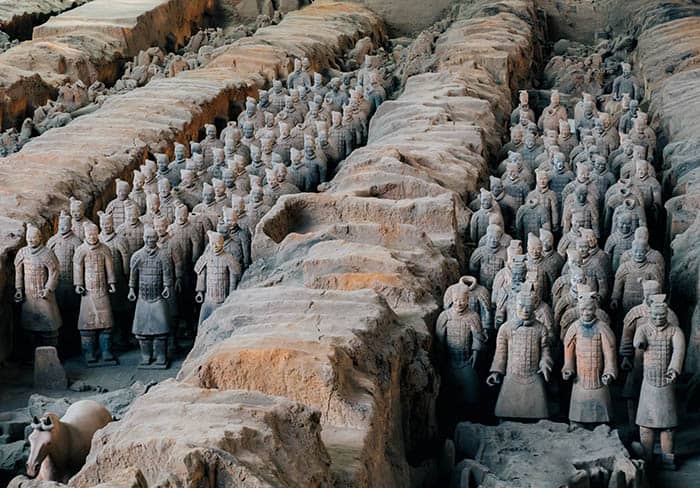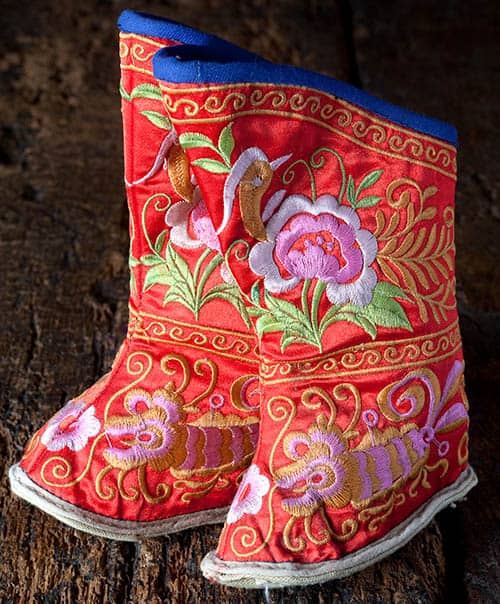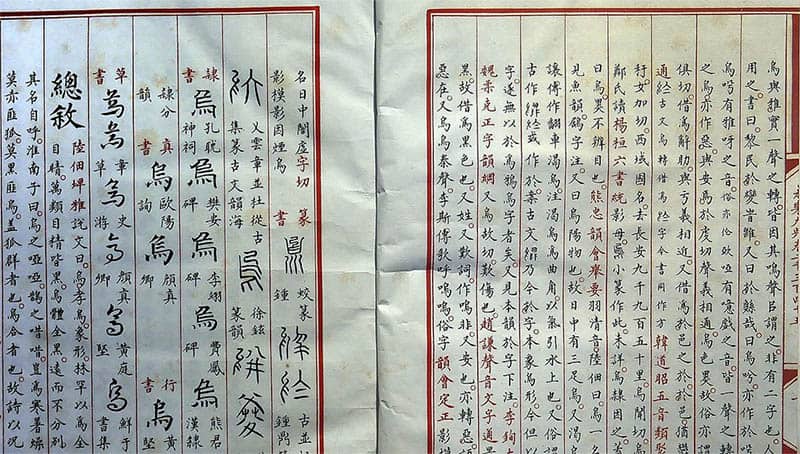The world we live in today has been created by the hard work of our ancestors. Wars have been fought, and treaties and pacts have been signed in order to create the relatively peaceful world we now enjoy. It has been a long journey, filled with stories and events which have been passed on and retold by subsequent generations.
China, being one of the world’s oldest civilizations, home to the world’s largest population, and having seen a great number of dynasties and emperors, certainly has many fascinating gems for us to discover.

Here are just a few fascinating facts from the lives of the ancient Chinese emperors:
1. The Youngest Emperor of China
The last emperor of China, and a member of the Qing dynasty, Puyi (7 February, 1906 AD – 17 October, 1967 AD) was the youngest emperor China has ever seen. He originated from the Manchu Aisin Gioro clan, the Xuantong, and ascended the throne at the tender age of two.
Puyi was named by Empress Dowager Cixi on her deathbed and the young emperor was carried by his father on the throne for the coronation ceremony. Puyi was not allowed to see his real mother and siblings for 13 years and this decision, together with the heavy burden of responsibility, had a great impact on Puyi’s life.
He grew up among distant officials who always treated him like an adult king, and that reshaped the emperor’s thinking. It led him to develop a sadistic character, and he had a reputation for cruelty among the eunuchs who worked for him.
2. The Emperor Who Was Buried With His Army

Declared as a world heritage site by UNESCO, the Terracotta Army is actually a mausoleum rather than a piece of art. Created in the late third century BC, it was dedicated to the first emperor of China, Qin Shi Huang. It represents the emperor’s army which was to be buried with him in order to protect him in the afterlife.
The Terracotta Army consists of figures of more than 8,000 soldiers and 130 chariots with 520 horses pulling them and 150 cavalry horses. It also includes non-governmental figures such as musicians and acrobats. The creation of the Terracotta Army was initiated on the orders of the king himself and built with the help of 700,000 men.
Archaeologists have still not completed the excavation, but it is believed that the construction included a landscape with birds, a river that flowed with mercury, and a garden that would replicate the natural world even in the afterlife.
3. Unfriendly Neighbors
Another world heritage site, the Great Wall of China, was built during the Qing dynasty. Emperor Qin Shi Huang ordered the Great Wall of China to be built to defend the country against invaders from neighboring countries to the north.
The Qings had an ongoing feud with the northern nomadic tribes and had so far failed to defeat them, so the province was still under threat of invasion. The emperor tried to solve this problem by building a large wall that acted as a shield to protect China from foreign invaders.
According to archaeologists, the wall is said to be of 21,196km (13,171mi) in all if you include all of its branches. It is made of brick, compressed earth, wood, and stone, and has been restored and maintained by every subsequent dynasty. This is probably the reason why it has proved to be one of the best defensive frontlines in the world. It still stands proudly at China’s northern border.
4. Lotus Feet

The Tang dynasty was responsible for introducing a harmful tradition, foot binding. The practice forced Chinese women to bind their feet tightly in order to modify their shape and size. The result was commonly known as “lotus feet.”
According to the lotus feet tradition, a woman’s bound feet and pointed shoes were considered a sign of beauty. Initially, the custom was practiced by court dancers but later on women from the elite classes of the Tang dynasty adopted this idea in order to look elegant too.
This practice originated when one emperor said that the “lotus spring from her every step” asking his concubine to bind her feet in soft silk in the shape of crescents and perform a ballet-like dance on her pointed toes on top of a lotus that he created and decorated.
The dance seemed so graceful that everyone tried to imitate it, and so the practice came into existence. Girls from a small age had to fit their feet into painfully tight shoes that bound the foot and made it pointed.
There was a time when girls were considered crude if they did not succumb to this custom. Small bound feet were considered beautiful and attracted men, which encouraged the practice even more.
5. From Concubine to Empress
The custom of concubinage was practiced for many years in ancient China under which millions of women were subjected to a life of suffering. Concubinage was an interpersonal relationship where the couple could not marry for various reasons such as a difference in social status.
It was also just the mere need of an emperor to maintain a physical relationship which was considered acceptable by the authorities. Emperors often had more than 100 concubines.
This practice certainly showed how women were viewed in ancient China, but being a concubine did not stop one woman from achieving immense power. Empress Dowager Cixi was initially a concubine of the Xianfeng Emperor.
After his death, Cixi’s son by the emperor became the Tongzhi Emperor and Cixi became the Empress Dowager. Her reign lasted from 22 August, 1861 to 15 November, 1908 after which she had to name the Xuantong Emperor or Puyi as her successor as her own son had died.
6. The Silk Empress
According to ancient texts, the mythical empress Xi Ling Shi discovered the process of manufacturing silk in the 27th century BC. It is said that the empress found out about silk while taking afternoon tea.
She was sitting in her garden when she saw silkworms eating mulberry leaves and spinning cocoons in the garden. She gently picked up some cocoons and dipped one of them in the steaming hot water. Eventually, it started unravelling and a fine thread emerged from the cocoon. Empress Xi Ling Shi cultivated the silkworms on the mulberry trees given to her by her husband and made silk reels out of the thin threads.
The truth of this story is not confirmed but the Chinese still call Empress Xi Ling Shi the “Silkworm Mother.”
7. The Yongle Encyclopedia

Largely known for his military achievements, Emperor Ming Chengzu (2 May, 1360 AD – 12 August, 1424 AD) was the father and founder of the Ming dynasty. He is also known for his contributions to the literary world. His interest in reading and research led to the creation of the world’s largest paper-based general encyclopedia.
The Yongle Encyclopedia is one of the most valued works of Chinese literature and culture. It has 2,937 manuscripts that cover subjects like science, art, literature, geology, history, drama, and astronomy, and was important in teaching future generations about ancient Chinese culture.
8. Cuju
Long before the game of soccer was introduced in China, texts spoke about a game known as “cuju” which was an ancient version of soccer. It was invented during the Han dynasty when it was played by royalty, the upper classes, and military officials only. The game’s rules talk about only kicking the ball with the feet and not being allowed to use the hands.
Over time there were many changes to the game and its equipment. It flourished during the Song dynasty when it was so popular that it also reached civilians and was played by people of any class.
Conclusion
Chinese history provides a huge insight into the dynastic system and how it worked, and through historical texts and the work of archaeologists, we are able to build up a picture of how life used to be in ancient China. Much of this information comes from stories and artefacts connected to Chinese emperors whose lives were widely documented.